The library resembles a brutalist version of Frank Lloyd Wright’s Guggenheim Museum in New York.
Norrish Central Library
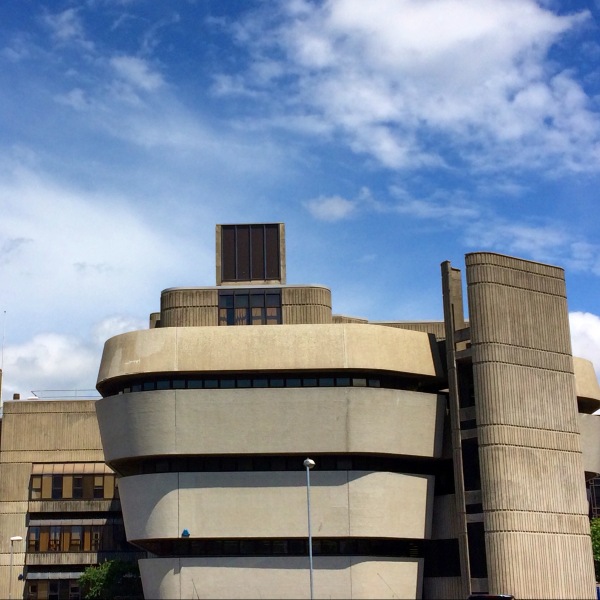

The library resembles a brutalist version of Frank Lloyd Wright’s Guggenheim Museum in New York.
No description yet: Can you help?
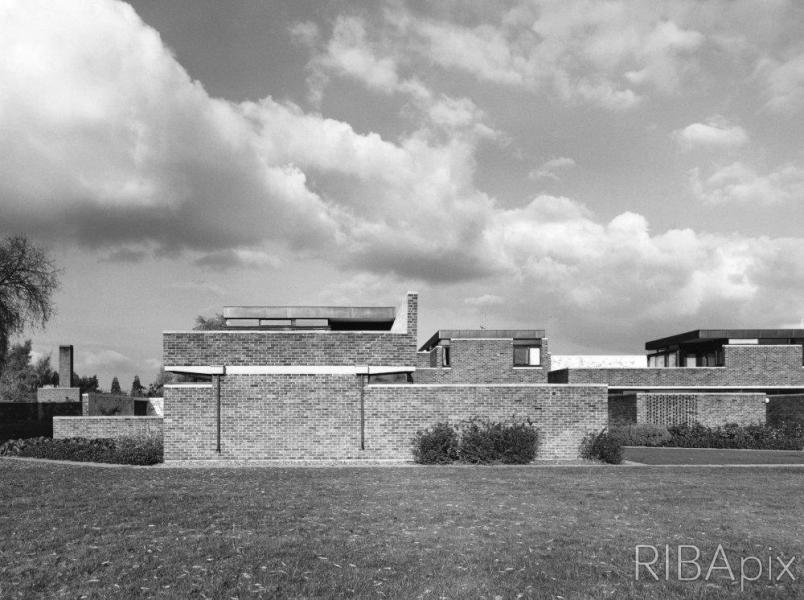
This college is a memorial to Sir Winston Churchill and his belief in a scientific future. The requirement was a college for 60 fellows and 540 students. In the corner of the sloping site is a group of twenty Fellows’ flats, which was the first stage …
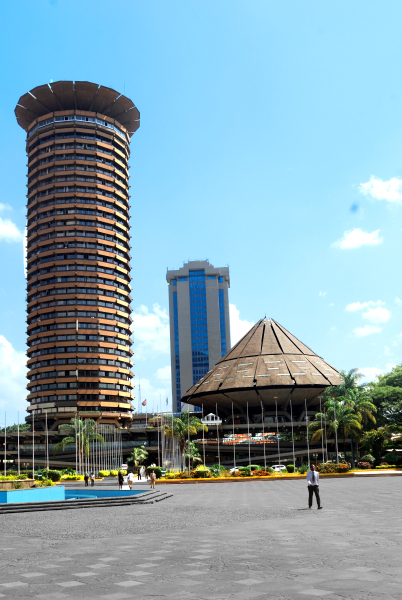
The Conference Centre is an example of early African post-colonial buildings conceived by Scandinavian architects with no colonial legacy. Originally intended as a party headquarters it was converted to a conference center during the planning phase. Amo…
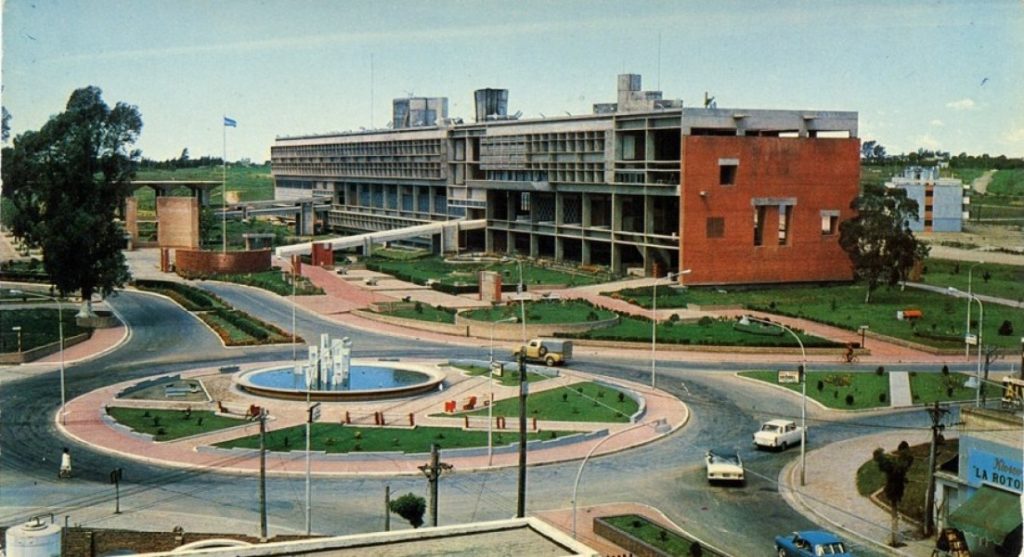
No description yet: Can you help?
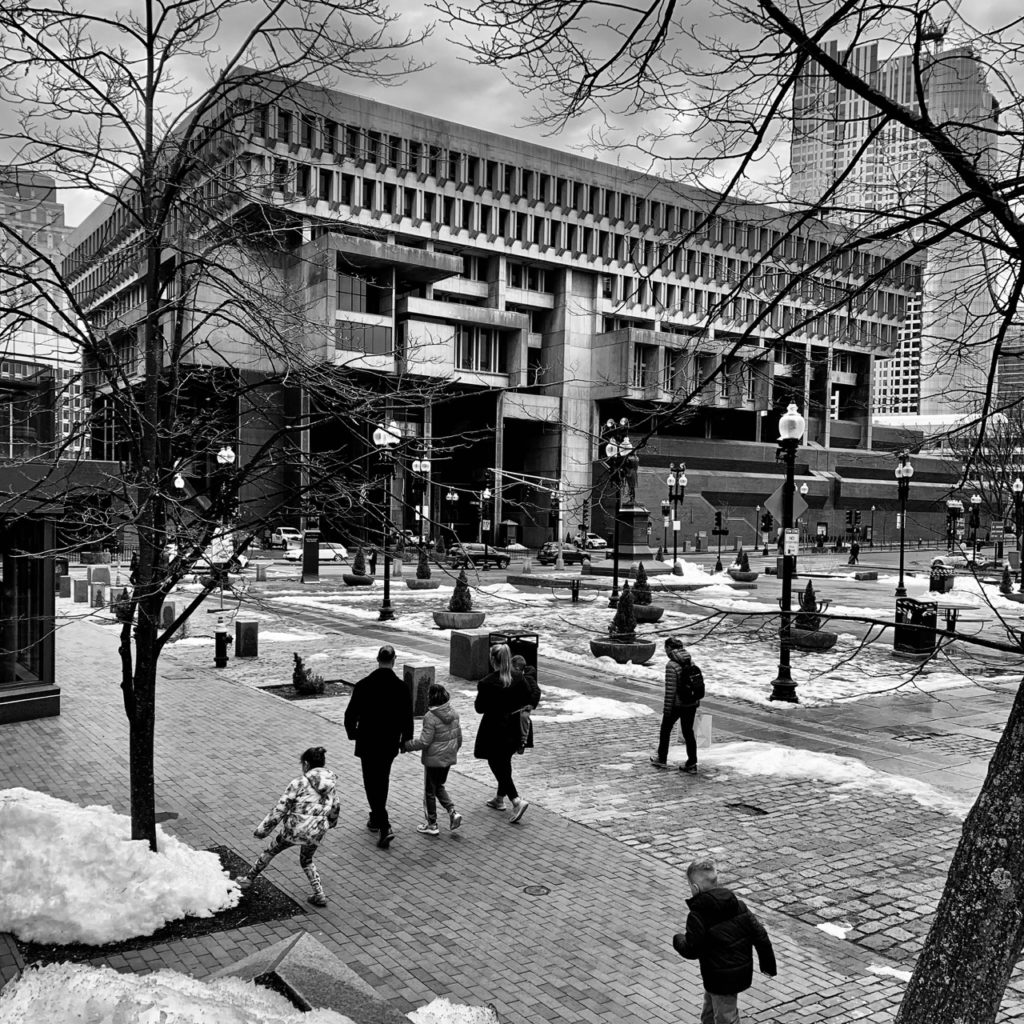
The city hall sparked a real controversy in the trade press world-wide only shortly after the ribbon was cut. Like Rudolph’s Boston Government Service Center the building is part of the Boston masterplan developed by I. M. Pei. The city hall’s sh…
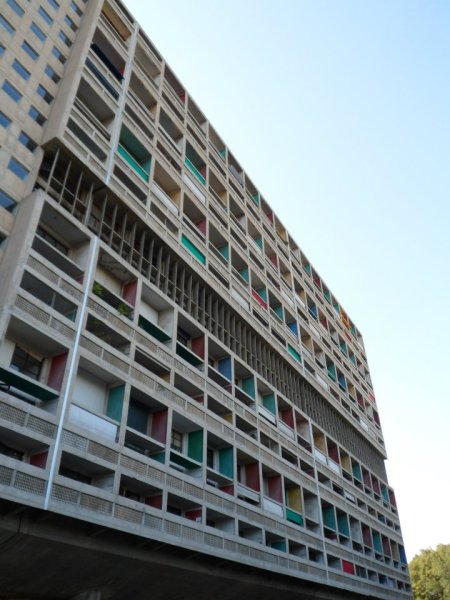
The Unité is generally considered the most important role model for the young brutalists. The term béton brut comes from Corbusier’s description of the building. Especially striking and innovative: the use of sculptural exposed concrete that had bee…
No description yet: Can you help?
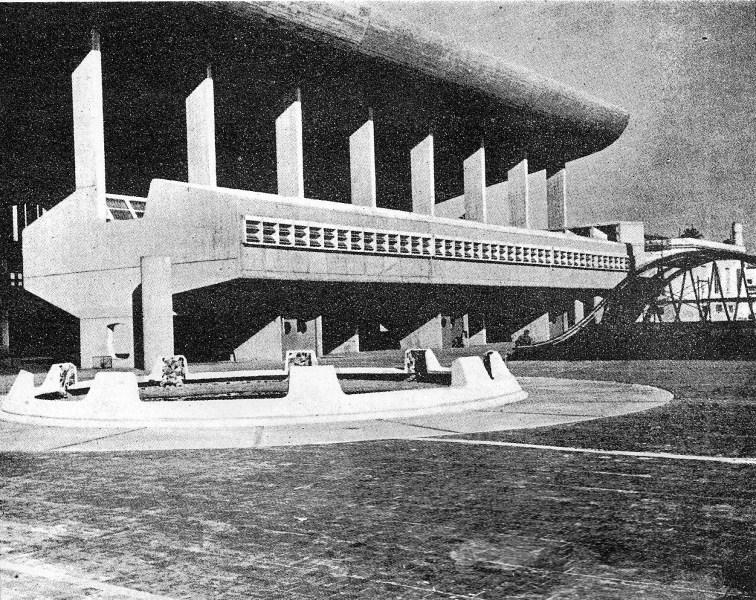
No description yet: Can you help?
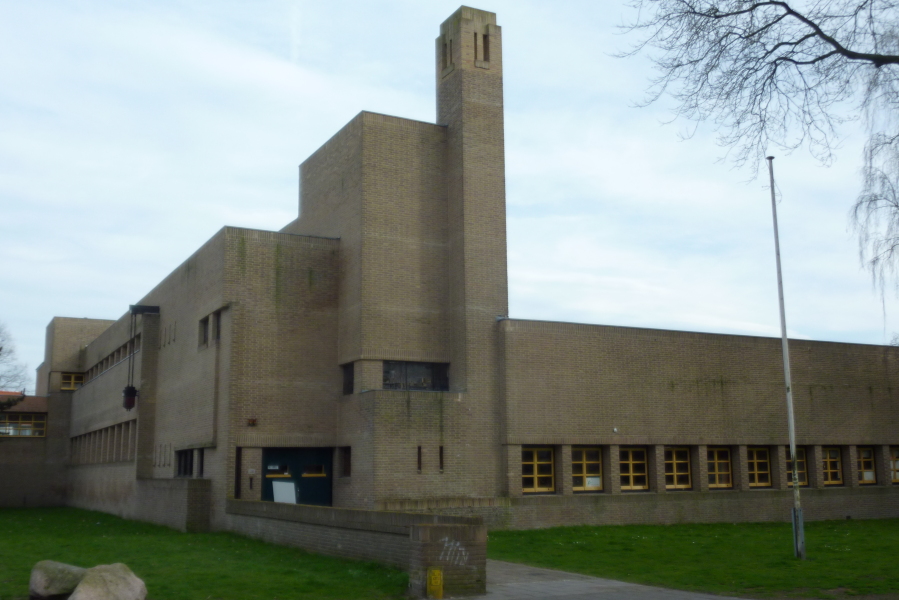
Built in the early 1920s, with its massive brick volumes, whereby the brickwork is completely visible, the school can be read as a kind of precursor to the brutalist idiom.

No description yet: Can you help?
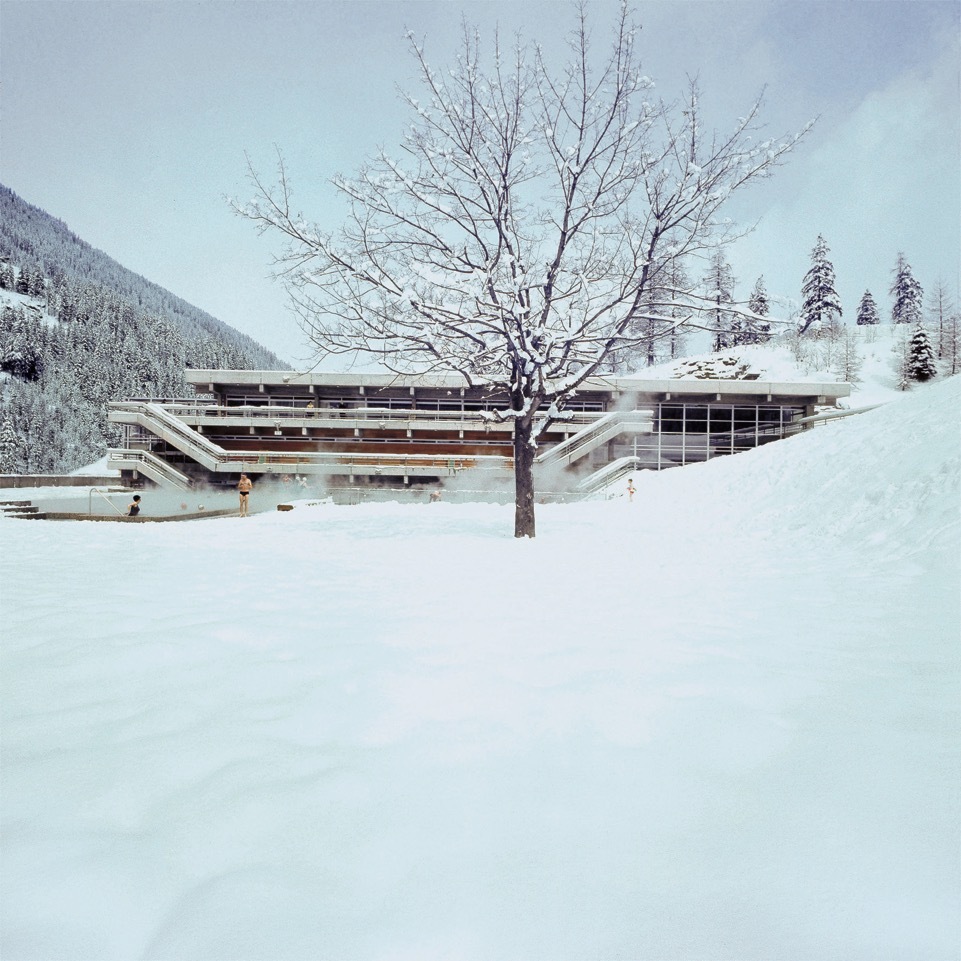
The thermal bath is partly built into the hollowed out mountains. The interior combines the rough surfaces of the rocks with concrete elements. (Special thanks to Norbert Mayr)
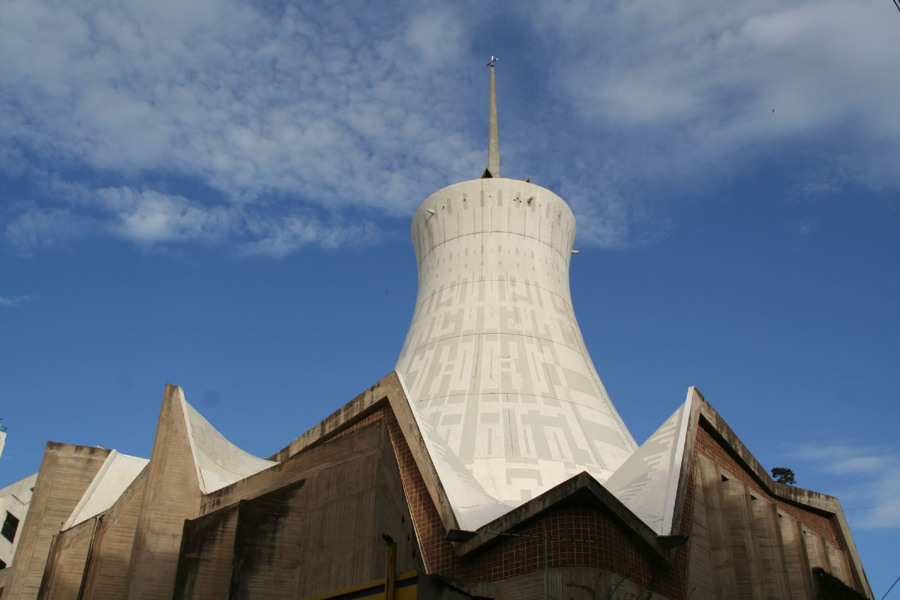
The cathédrale du Sacré-Cœur replaced the nineteenth-century cathedral of St. Philip. The cathedral is positioned on a hill in the centre of Algiers. It is approached via a series of steps and terraces and has a square ground plan. It is entirely co…
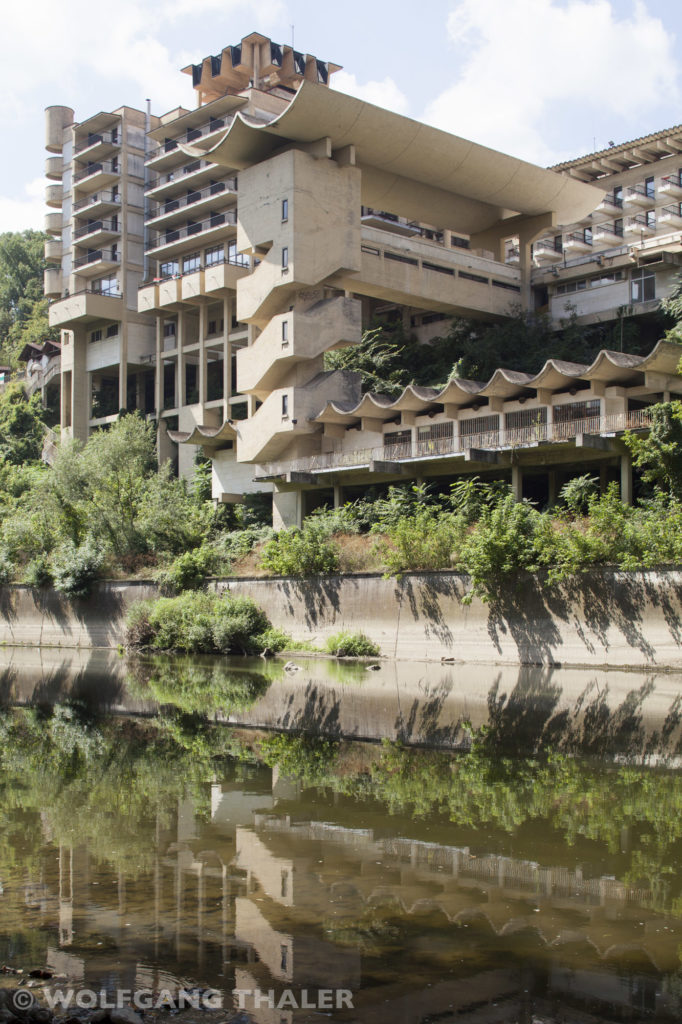
No description yet: Can you help?
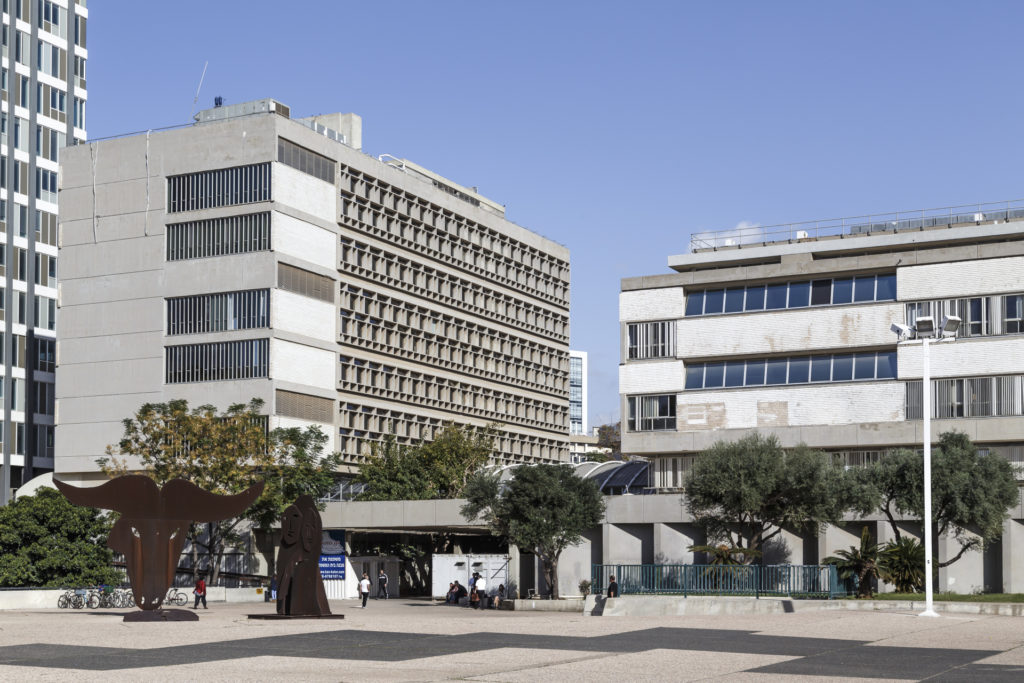
No description yet: Can you help?
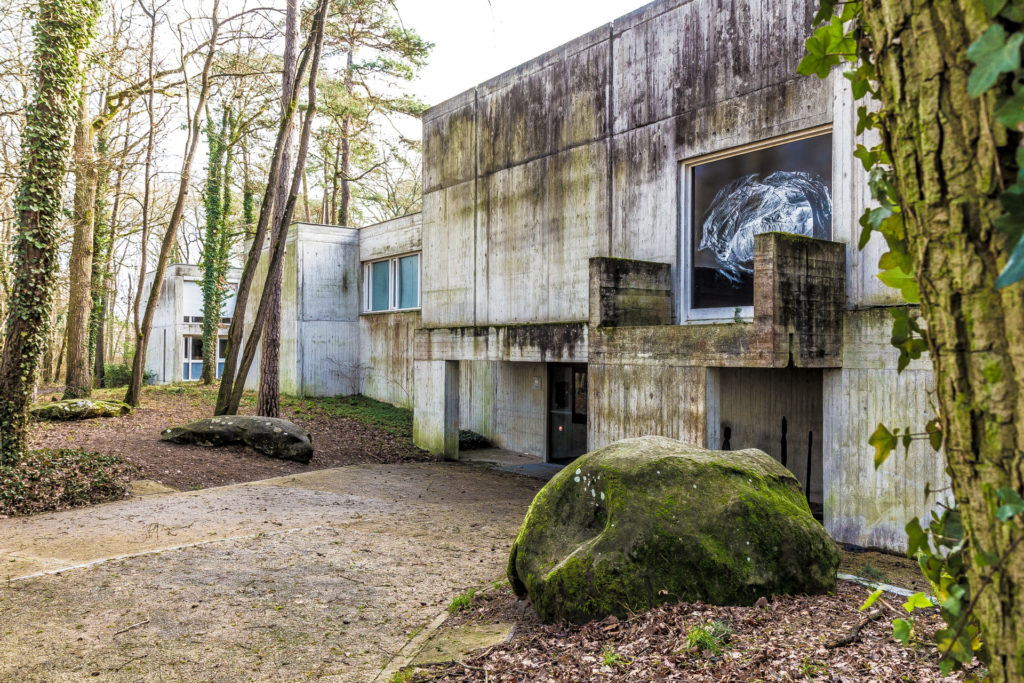
Perched amidst the forest, this sculptural complex is structured by precast exposed concrete slabs. Narrow gaps, protrusions, recesses and large panes of glass break up its general massiveness.

Alongside Herwig Udo Graf Szauer was the second prominent Burgenland brutalist architect. The school is one of the last buildings to exist with the original interior intact.
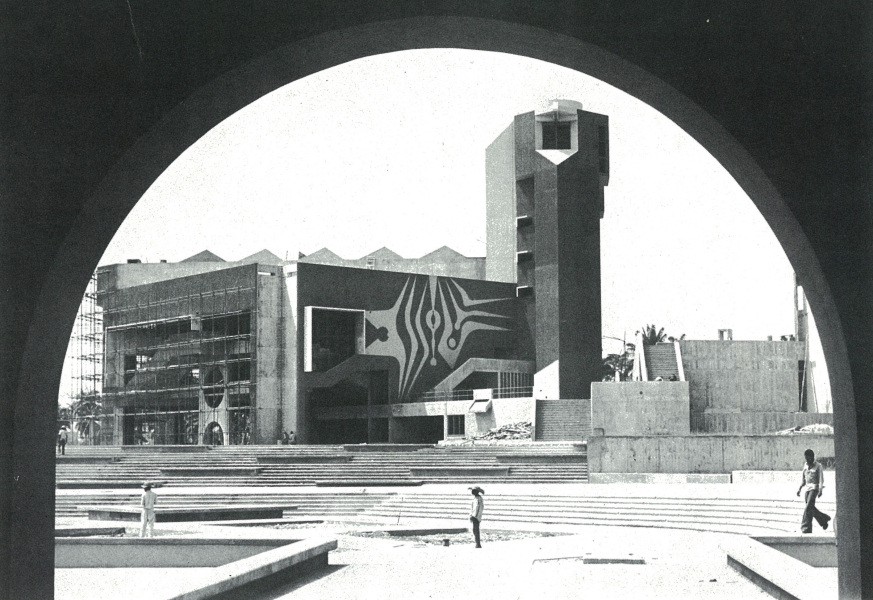
No description yet: Can you help?
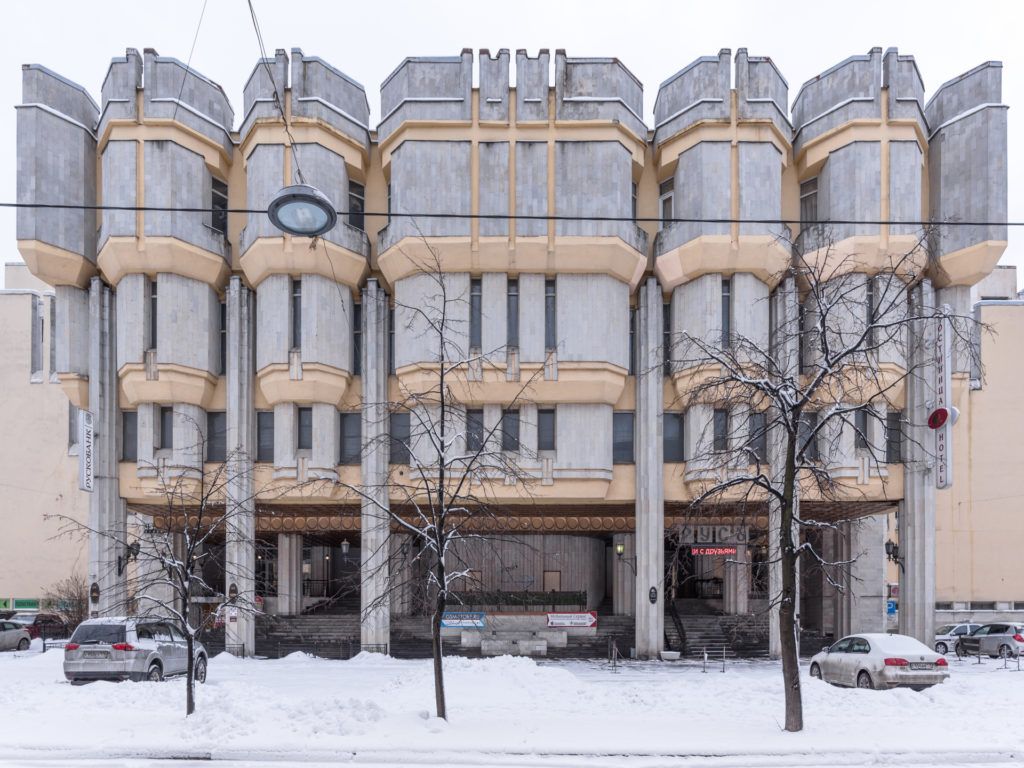
The megalomaniac construction of this hotel appears Brutalist in its nature though it is combined with a stone wall and partial yellow plaster. The façade has a certain Baroque feeling to it.
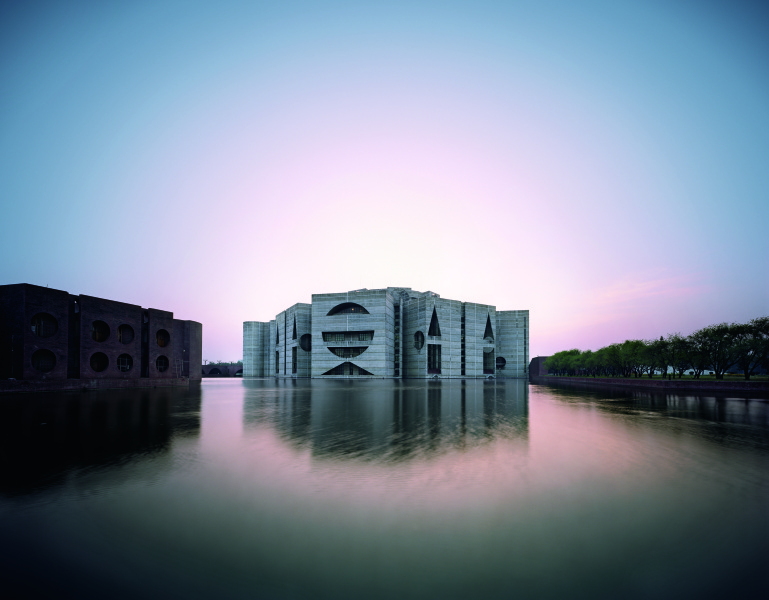
As one of the most prolific mid-century architects, Louis Kahn is usually not categorized as Brutalist. However many facets of his style, especially his love for exposing the building’s structure and building materials fit squarely into Brutalist conc…